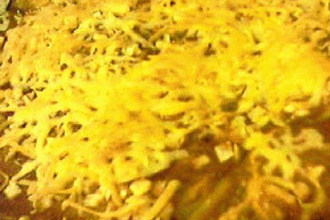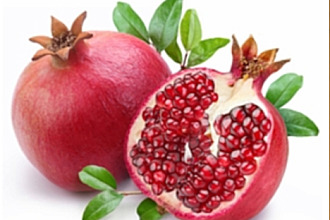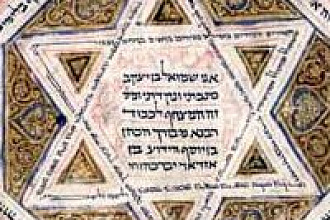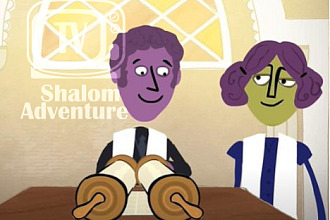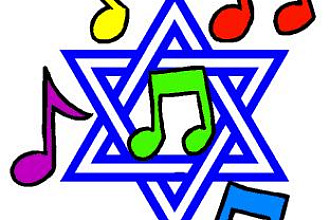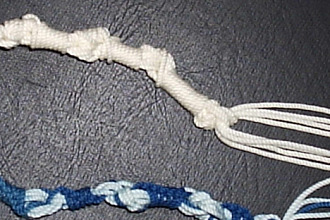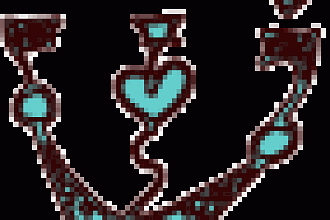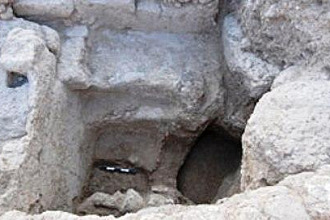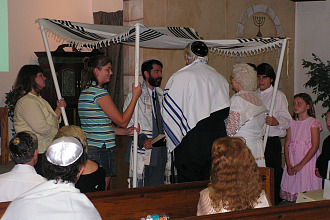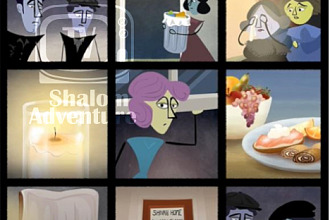It is very common to associate the color blue with the Jewish people. It is on the flag of Israel which was influenced by the prayer shawl, commonly worn during prayer in Jewish congregations, which often has blue on it as well. But what is with the blue? Well, the Torah states “Moses and Aaron, Nadab and Abihu, and the seventy elders of Israel went up and saw the God of Israel. Under his feet was something like a pavement made of lapis lazuli, as bright blue as the sky. But God did not raise his hand against these leaders of the Israelites; they saw God, and they ate and drank. The Lord said to Moses, ‘Come up to me on the mountain and stay here, and I will give you the tablets of stone with the law and commandments I have written for their instruction’”(Exodus 24:9-1).
So Biblically, the commandments of God are actually associated with a special blue stone, not just any random rock as many seem to assume due to the poplar depiction of the Ten Commandments in movies and art. Some translations may describe the stone as sapphire, but either way we can know that blue is associated with the law because God told Israel to make the tassels on their garments blue in order to remember it. “The Lord said to Moses, ‘Speak to the Israelites and say to them: “Throughout the generations to come you are to make tassels on the corners of your garments, with a blue cord on each tassel. You will have these tassels to look at and so you will remember all the commands of the Lord, that you may obey them and not prostitute yourselves by chasing after the lusts of your own hearts and eyes. Then you will remember to obey all my commands and will be consecrated to your God. I am the Lord your God, who brought you out of Egypt to be your God. I am the Lord your God’” (Numbers 15:37-41).
Blue is a way to remember God. Speaking of his vision of heaven Ezekiel said “Above the vault over their heads was what looked like a throne of lapis lazuli, and high above on the throne was a figure like that of a man” (Ezekiel 1:26). Lapis lazuli is the same word used to describe blue stone that was under God’s feet when God told Moses he would give him commandments made of stone. Blue stone is at the foundation of God’s throne, and the commandments of stone show the foundation of God’s government, which is rooted in love for others. So the color blue was supposed to remind people to be true to God and show our support of God’s government, which is based in kindness.
Can you imagine being tempted to lose your temper with your neighbor, but -- while looking at them -- you see a blue cord on their garment, which reminds you of your commitment to follow God’s law of love? Can you imagine being tempted to gossip with someone -- who doesn’t have blue on them or doesn't know God’s law of love -- and then remembering you should be a good example and be patient with others' faults? Wouldn’t life be wonderful if we all looked at and treated each other with God’s law of love in mind?
Today we may associate blue with all sorts of Jewish stuff including worship, clothing, tableware, and more to show patriotism and support for Israel and love for fellow Jews. This is great, but as great as the tradition of using blue is, it is more important to know what blue really means. We should associate being Jewish with following God. Our true identity is found in our relationship with him. God’s law is true and blue for me and you (even if you are not a Jew).







